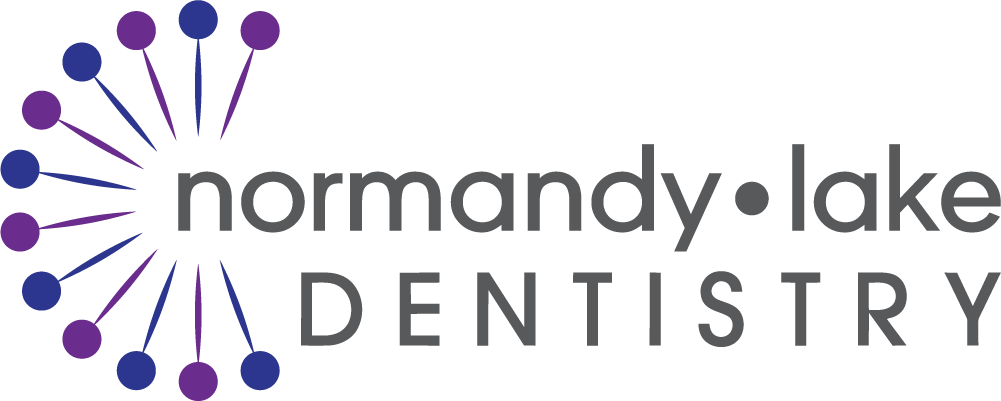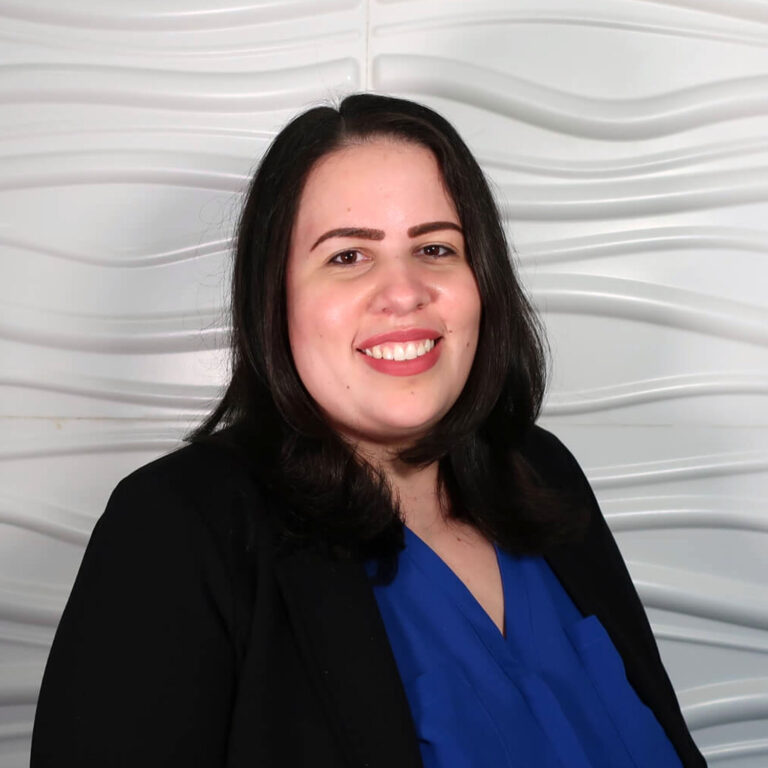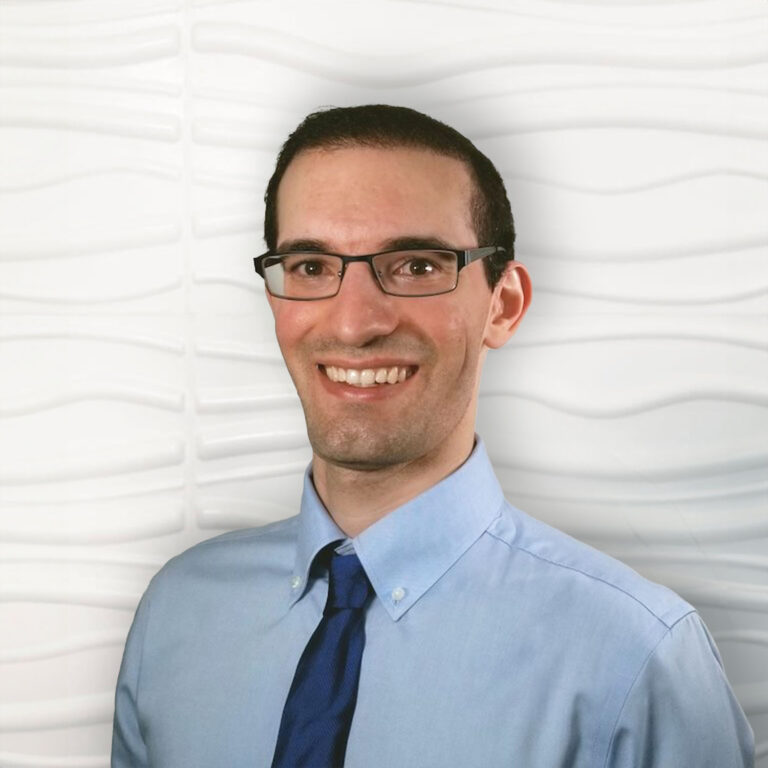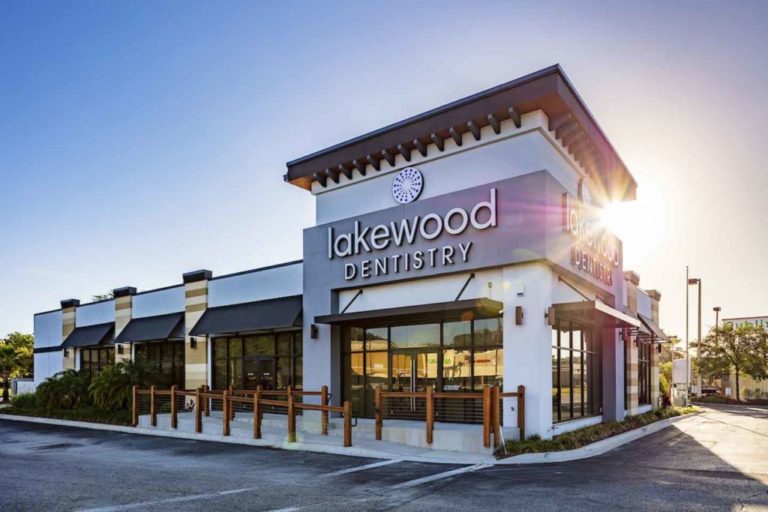Sedation: Making Your Dental Procedure as Comfortable as Possible
As we get older, we figure out that many things we didn’t like as children really were for our own good. Sometimes, we even end up liking some of those things, such as vegetables or early bedtime. But let’s be honest – sometimes when you’re sitting in your dentist’s waiting room listening to a poor eight-year-old boy throw a fit, you’re right there with him. Dental visits rarely end up being anyone’s favorite thing to do!
Even if going to the dentist doesn’t terrify you, the idea of a dentist visit can be nerve-wracking and uncomfortable for some people. About 15% of Americans are so intimidated by going to the dentist, they avoid it altogether – unfortunately for their teeth. Waiting to go to the dentist, or never going, can turn small dental issues into bigger, more complicated problems that are potentially more painful, too.
At Normandy Lake Dentistry, we want you to know we understand coming to see us can seem intimidating, and we are committed to making your visit as comfortable as possible. Among other things we do to welcome you to our office, we can make most procedures relatively painless, thanks to the power of modern medicine.
Usually, a local anesthetic is enough to manage your pain. However, for some people pain isn’t the only concern. Patients who suffer from anxiety, for example, may be concerned the discomfort of a procedure will cause elevated anxiety. If that’s the case for you, don’t worry! Sedation can make your visit a breeze!
Controlling Dental Pain: Local Anesthesia vs. General Anesthesia vs. Sedation
Dentists use three primary methods to manage patients’ pain and stress during procedures:
- Local anesthesia: numbs the immediate area being worked on
- General anesthesia: makes you unconscious for the duration
- Sedative medication: calms you – dentists can choose different levels of sedative
Local anesthesia is applied with a swab or syringe directly to the skin or muscle in the area the dentist plans to work on. Some sedatives are released into the patient’s bloodstream through a needle or catheter inserted into a vein. Unlike general anesthesia, where the patient is entirely unconscious and may need assistance with their breathing and heartbeat, sedative medication can leave the patient in a semi-conscious state. This means the patient can respond to verbal commands and doesn’t need to be watched as closely.
Many sedatives leave the patient with no memory of the procedure, so they don’t have to worry they will have traumatic memories of the procedure. A combination of local anesthesia and sedative medication makes a patient’s experience both painless and more emotionally comfortable.
Oral sedatives (by mouth) often simply calm a person’s nerves a bit. These sedatives leave the patient fully conscious but help them relax during the dental procedure.
The type of sedation a dentist uses depends on individual needs of each patient.
Going to the dentist may not ever be one of your favorite things, but at Normandy Lake Dentistry we have ways (including sedation) to ensure your dental visit is as comfortable as possible. If you have questions about how we can accommodate you during your visit, or if you have specific questions about any procedure, give one of our locations a call, and we’ll be happy to ease your anxiety!
Oral Conscious Sedation













